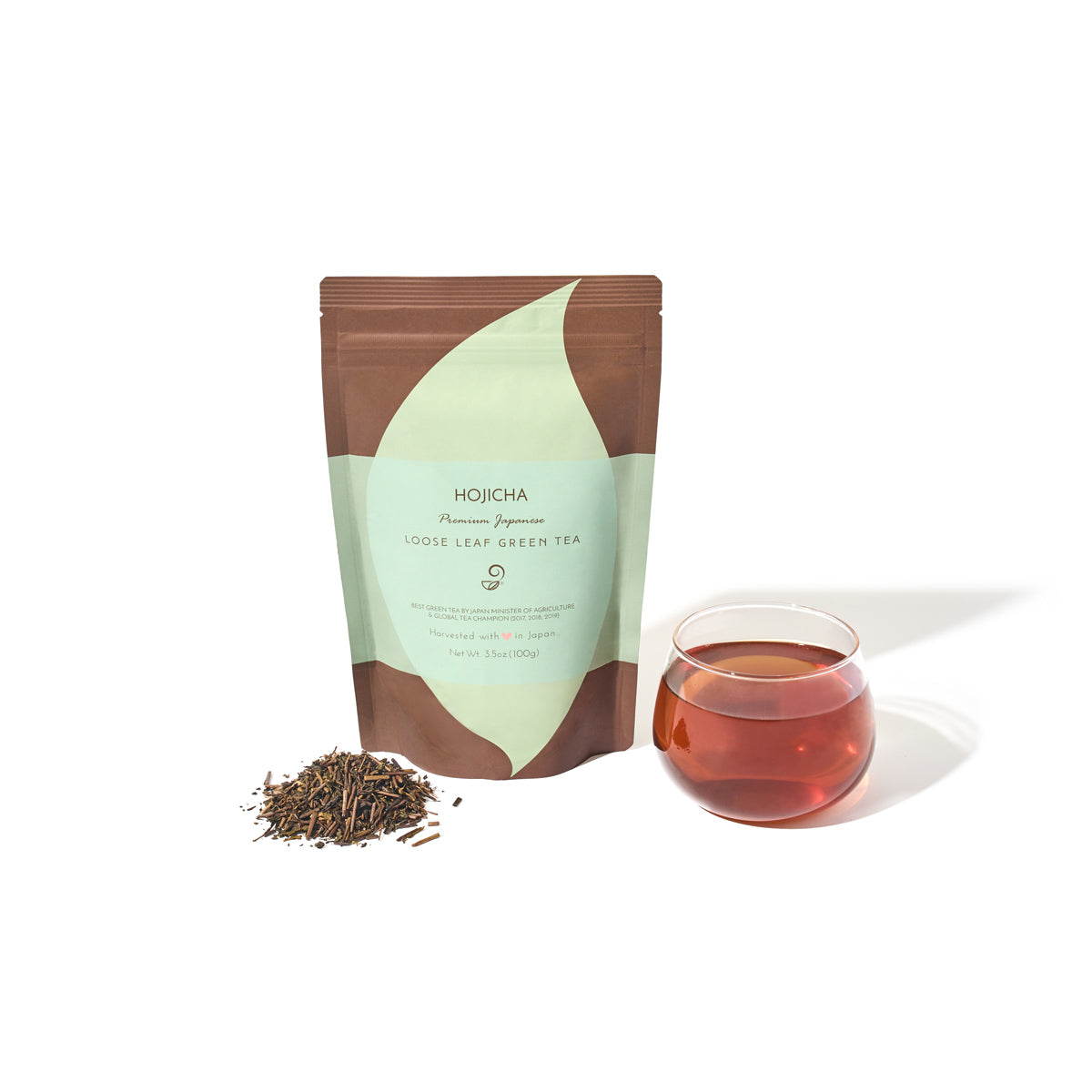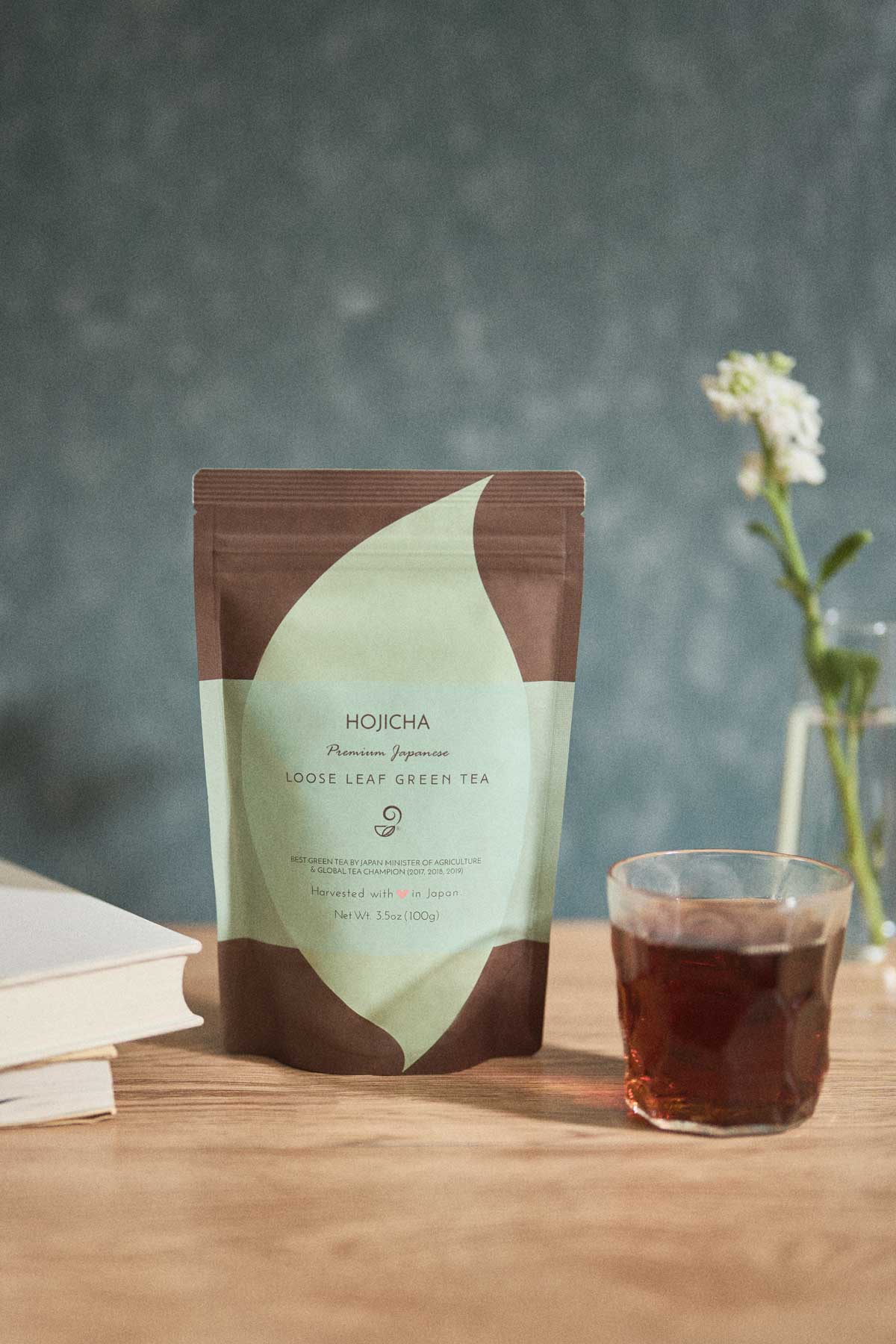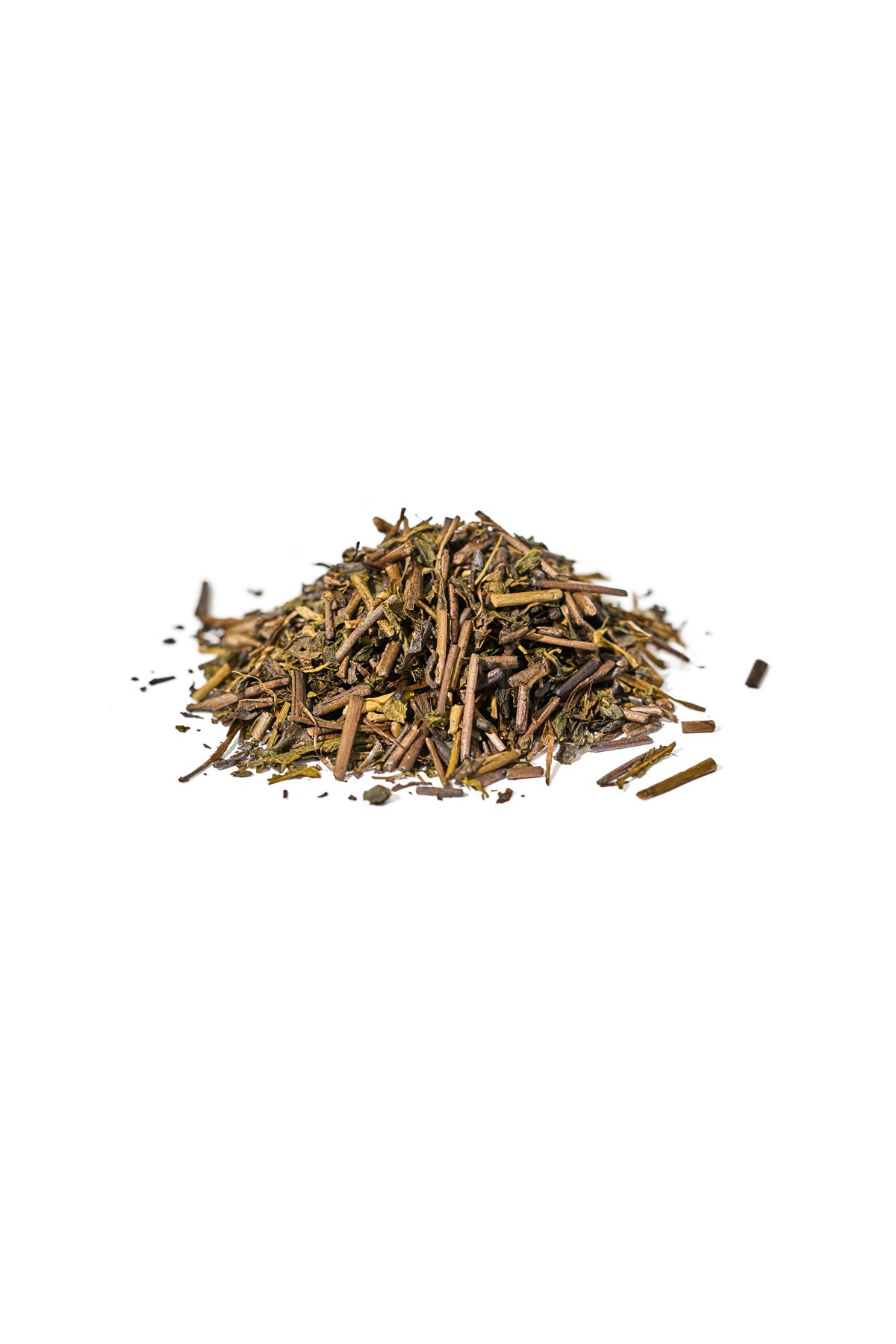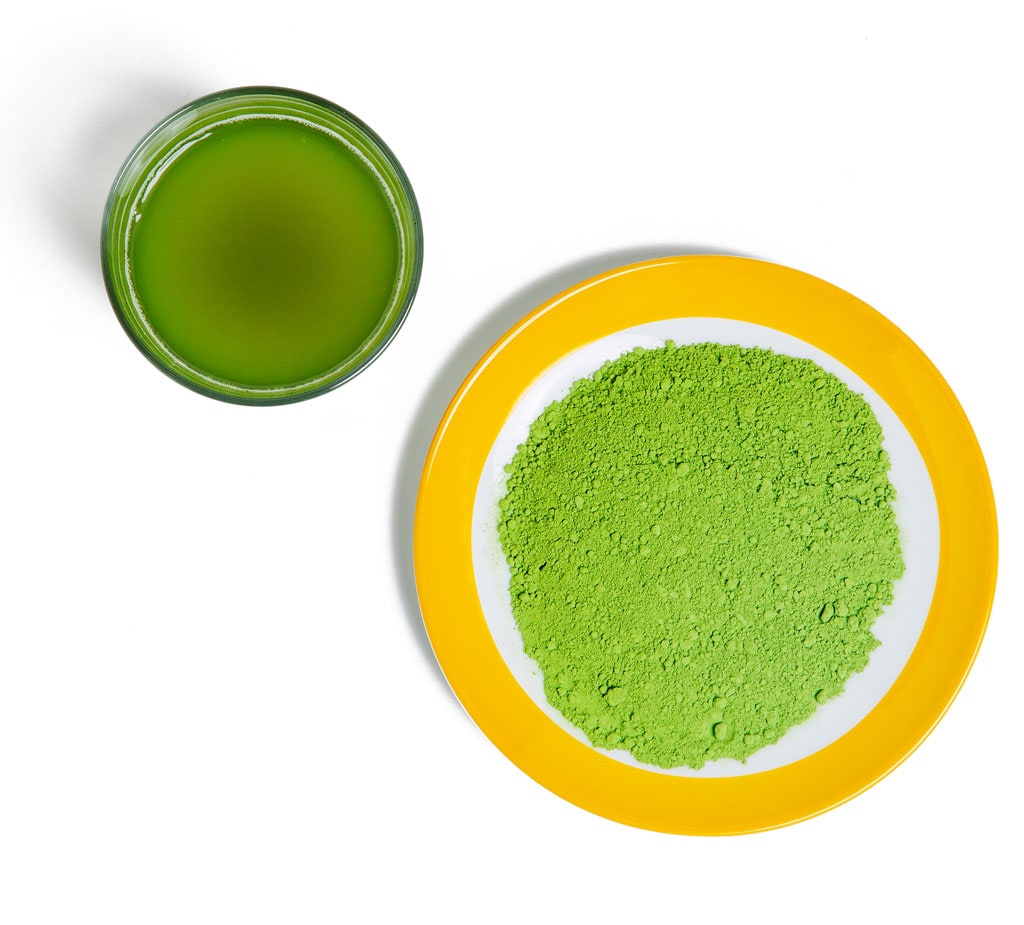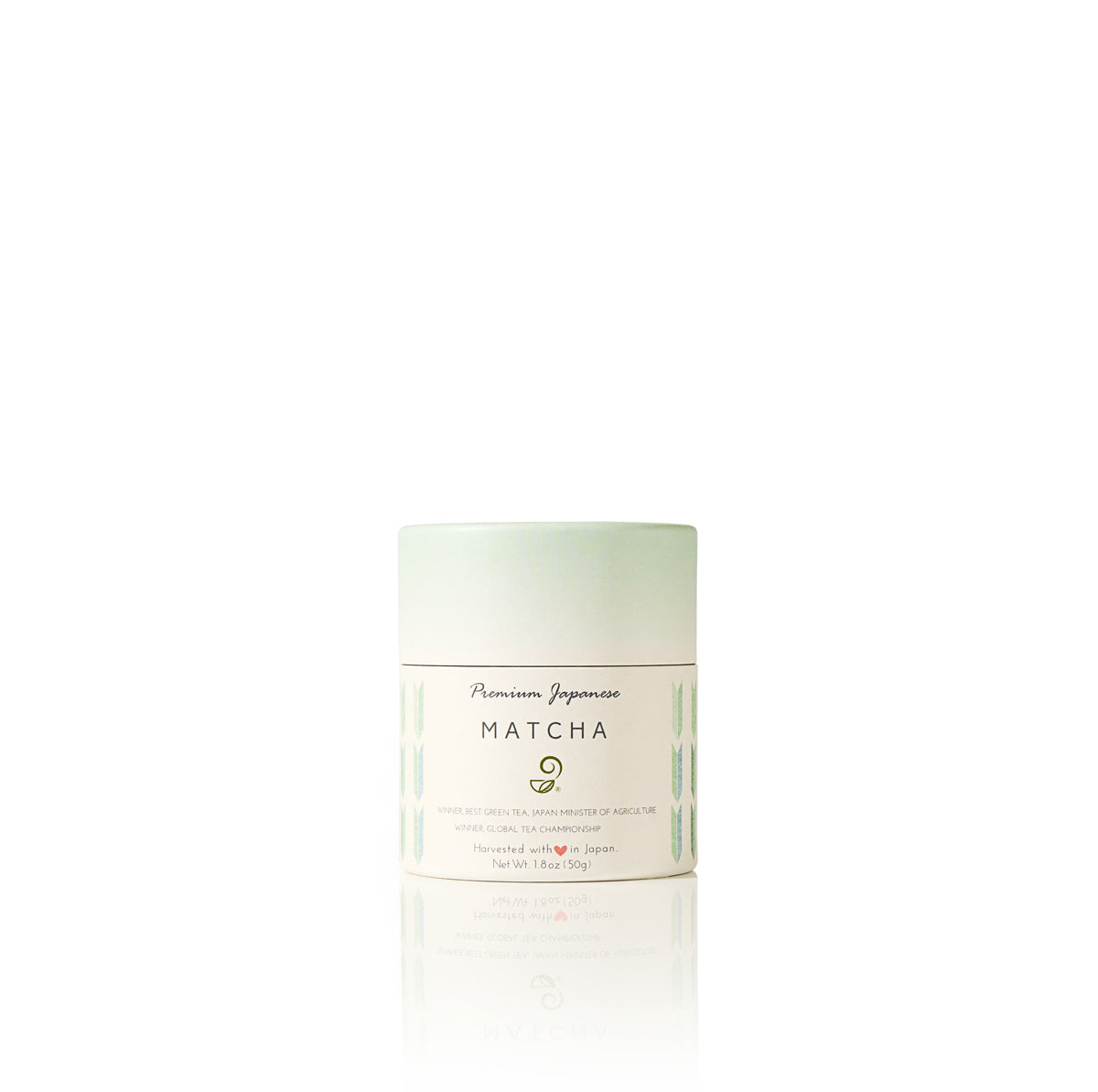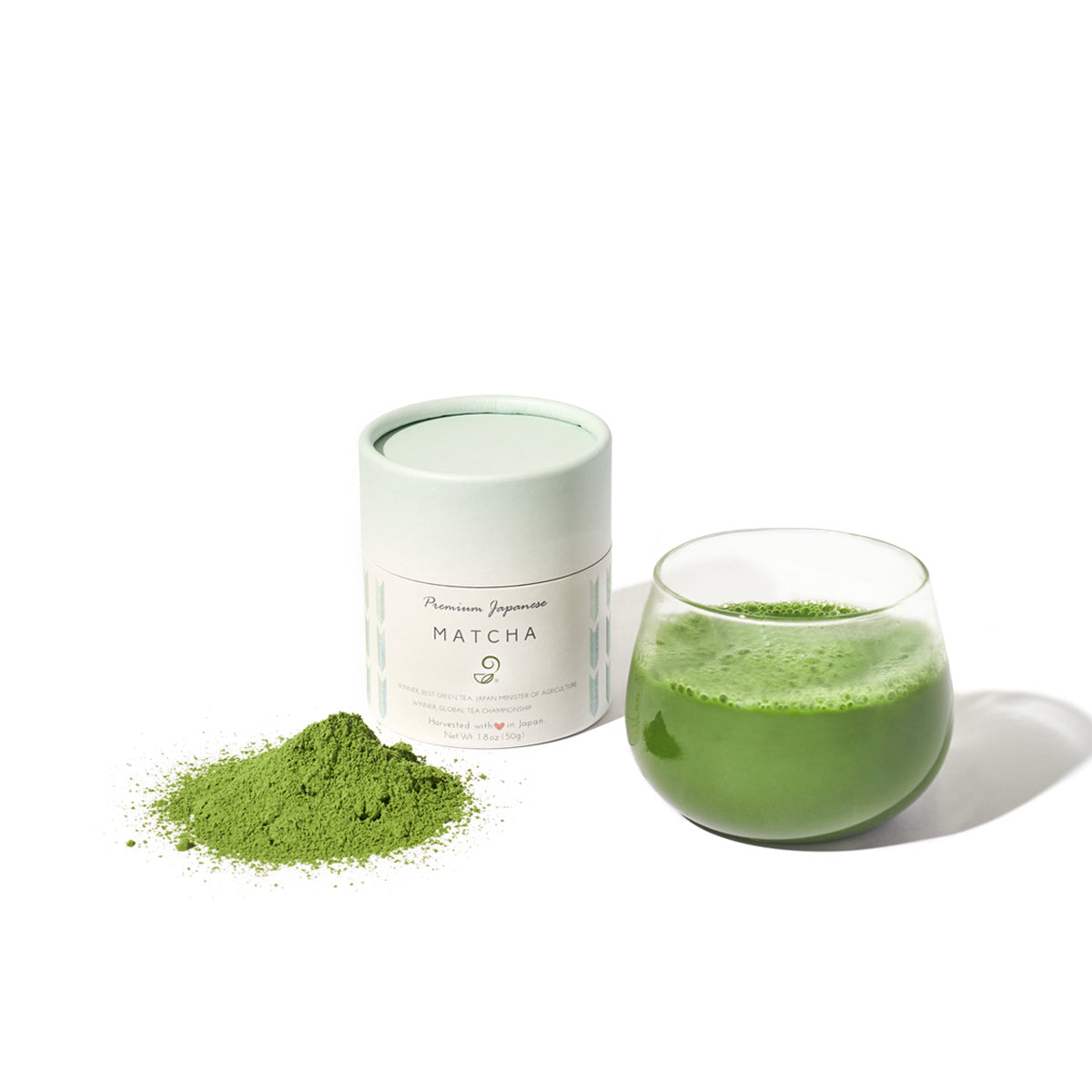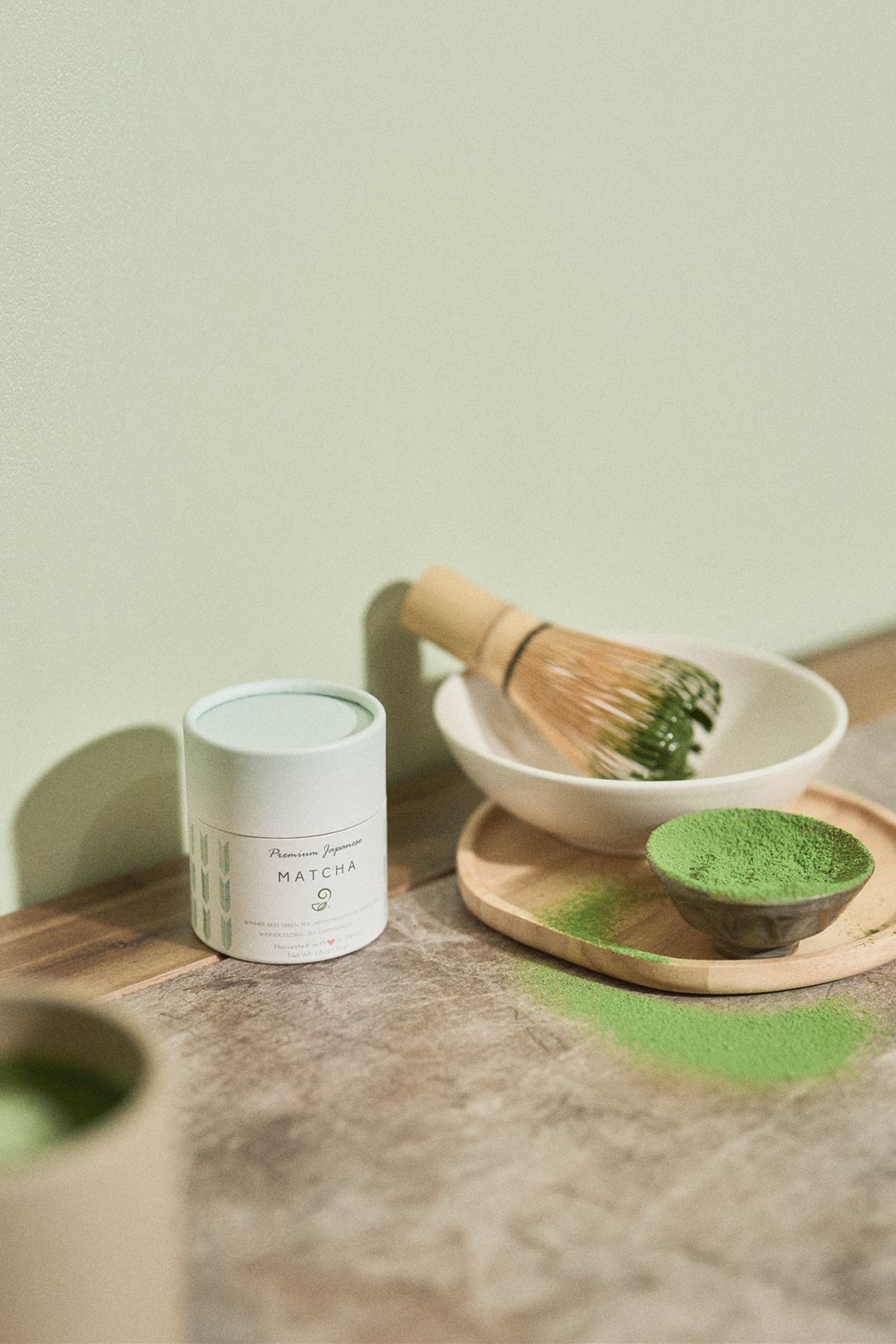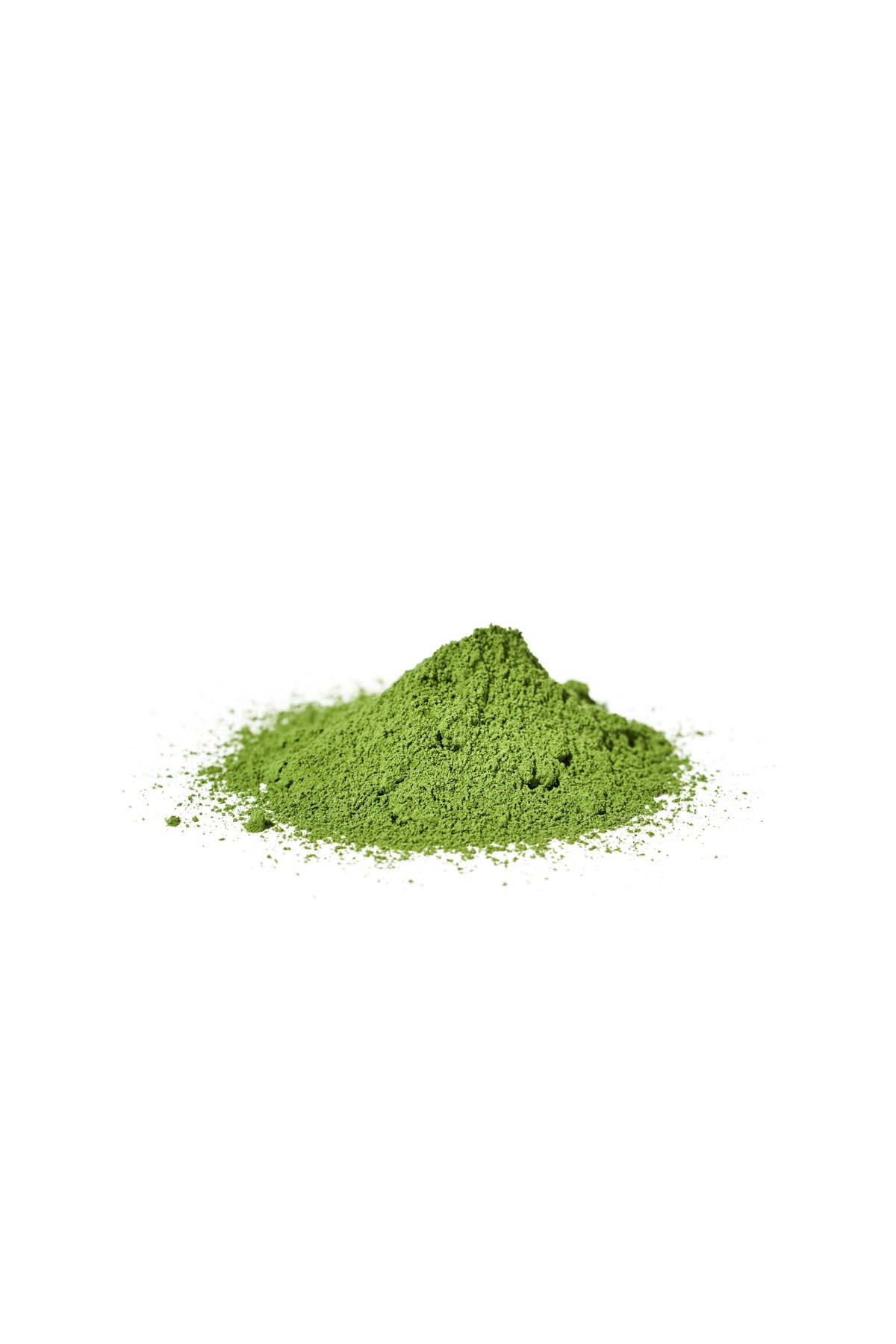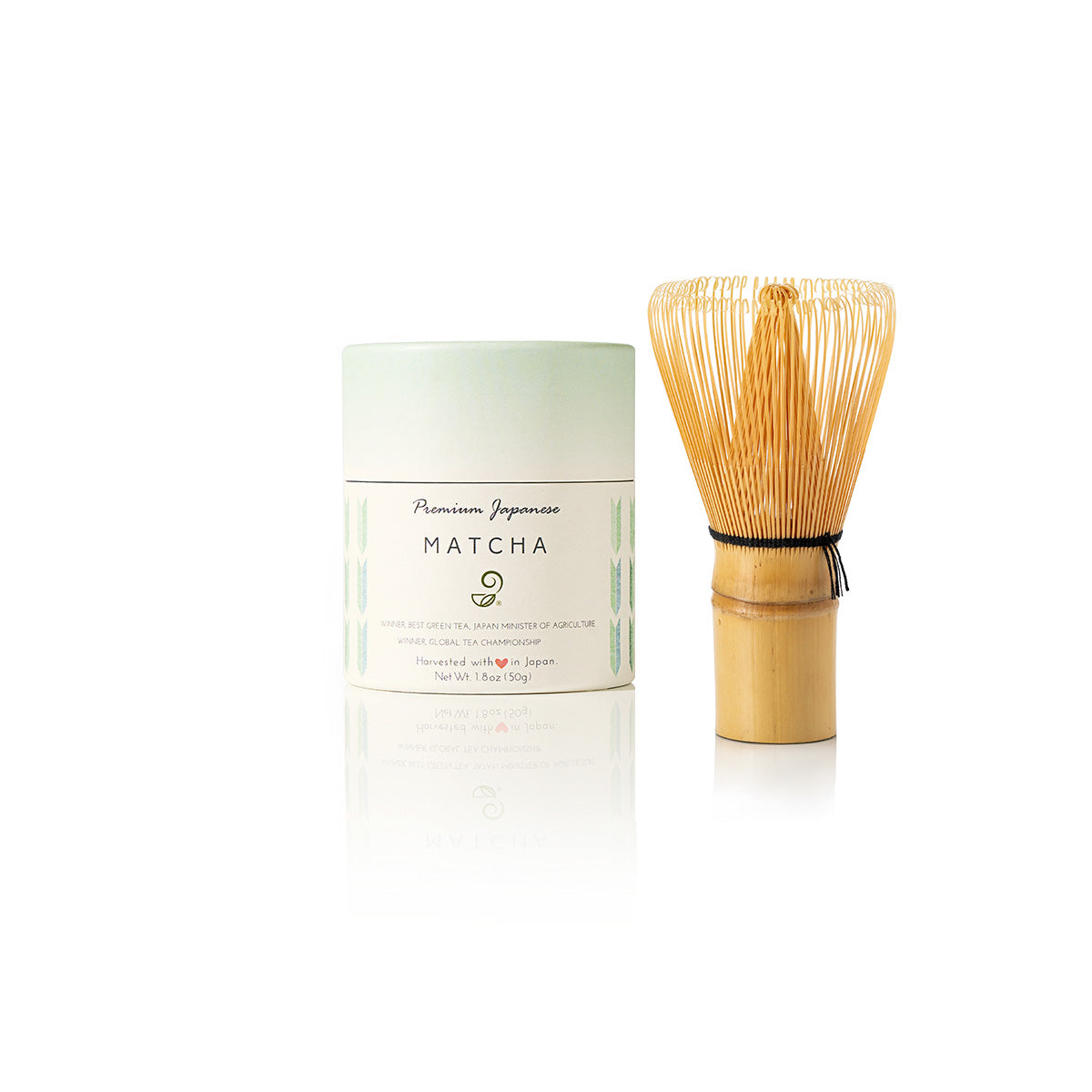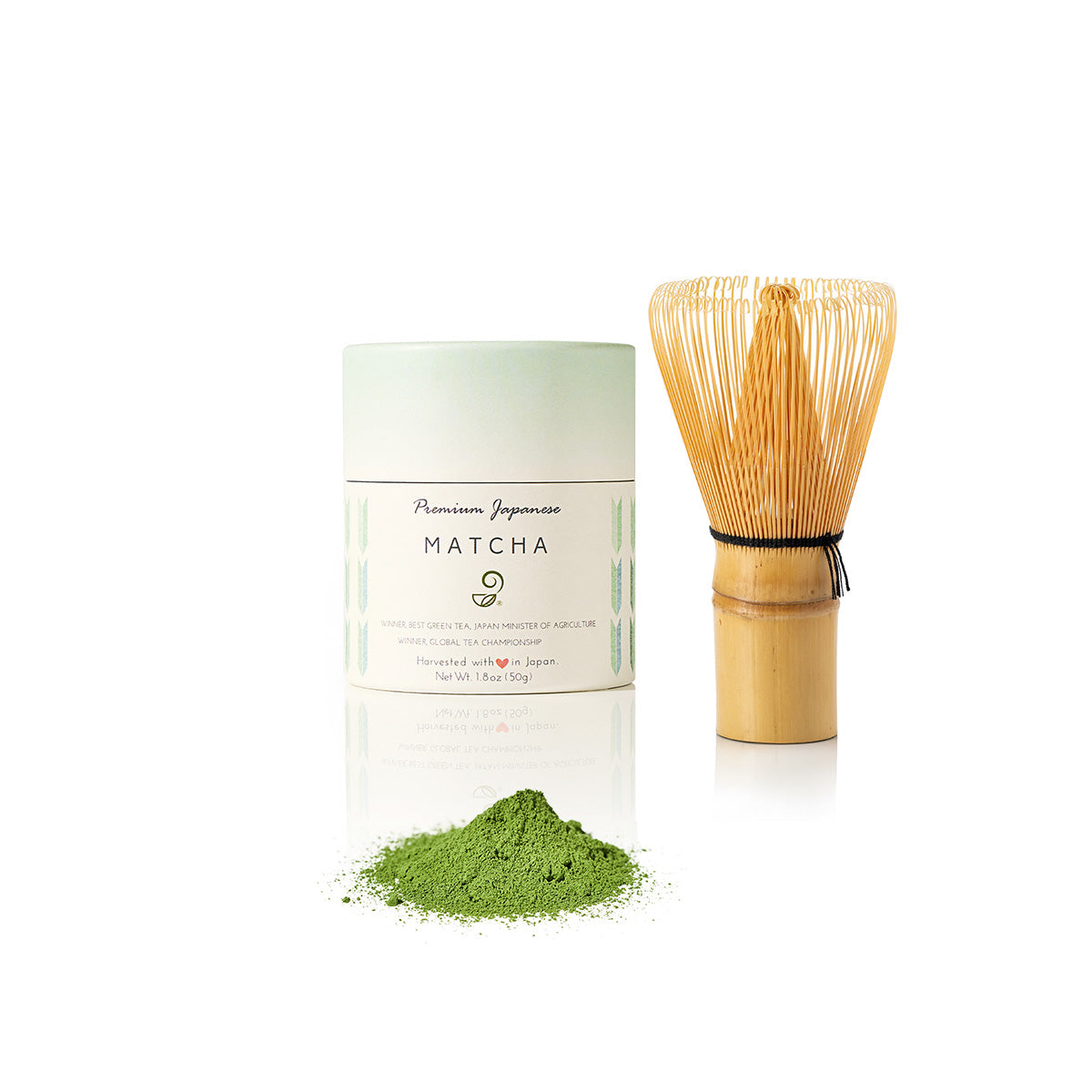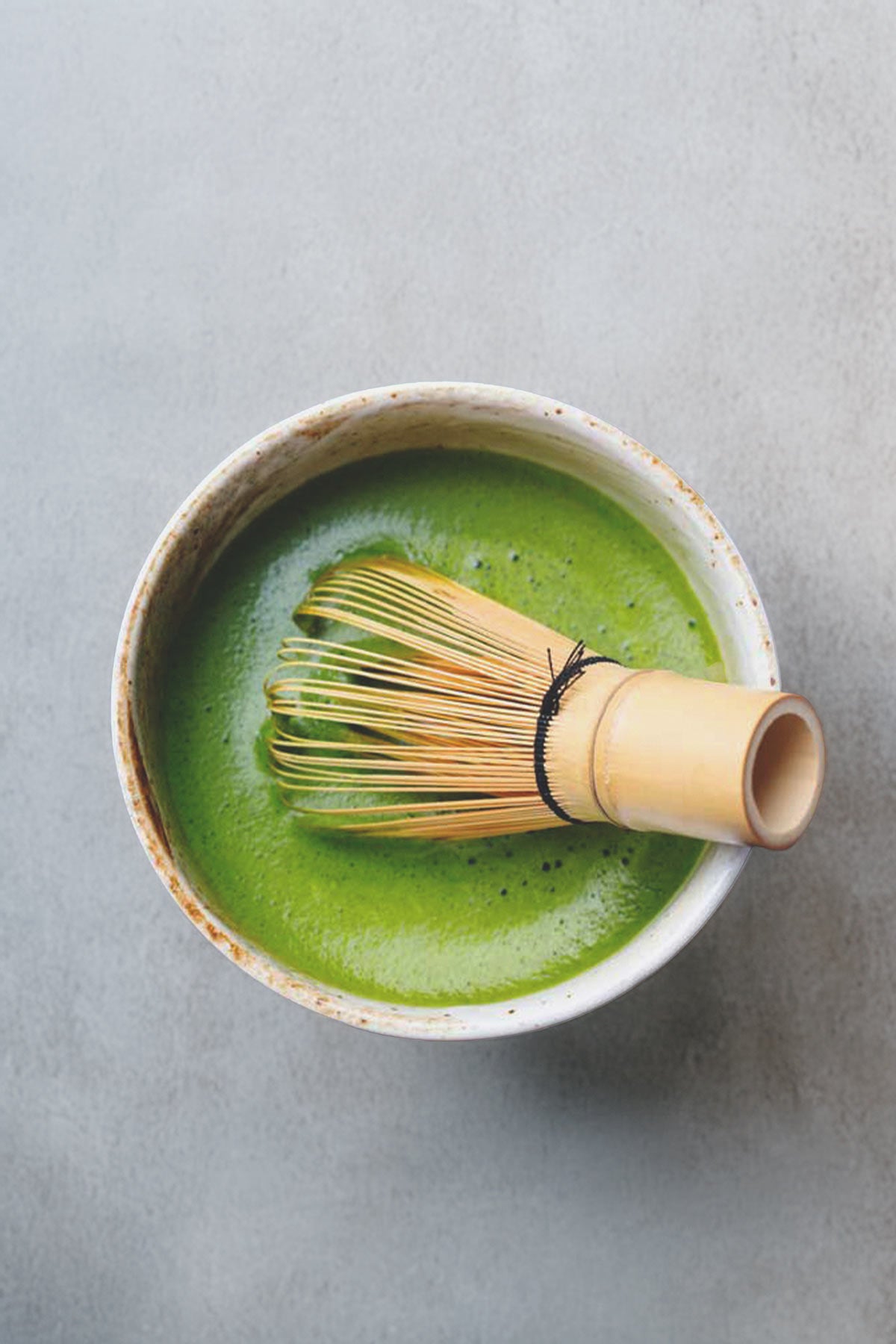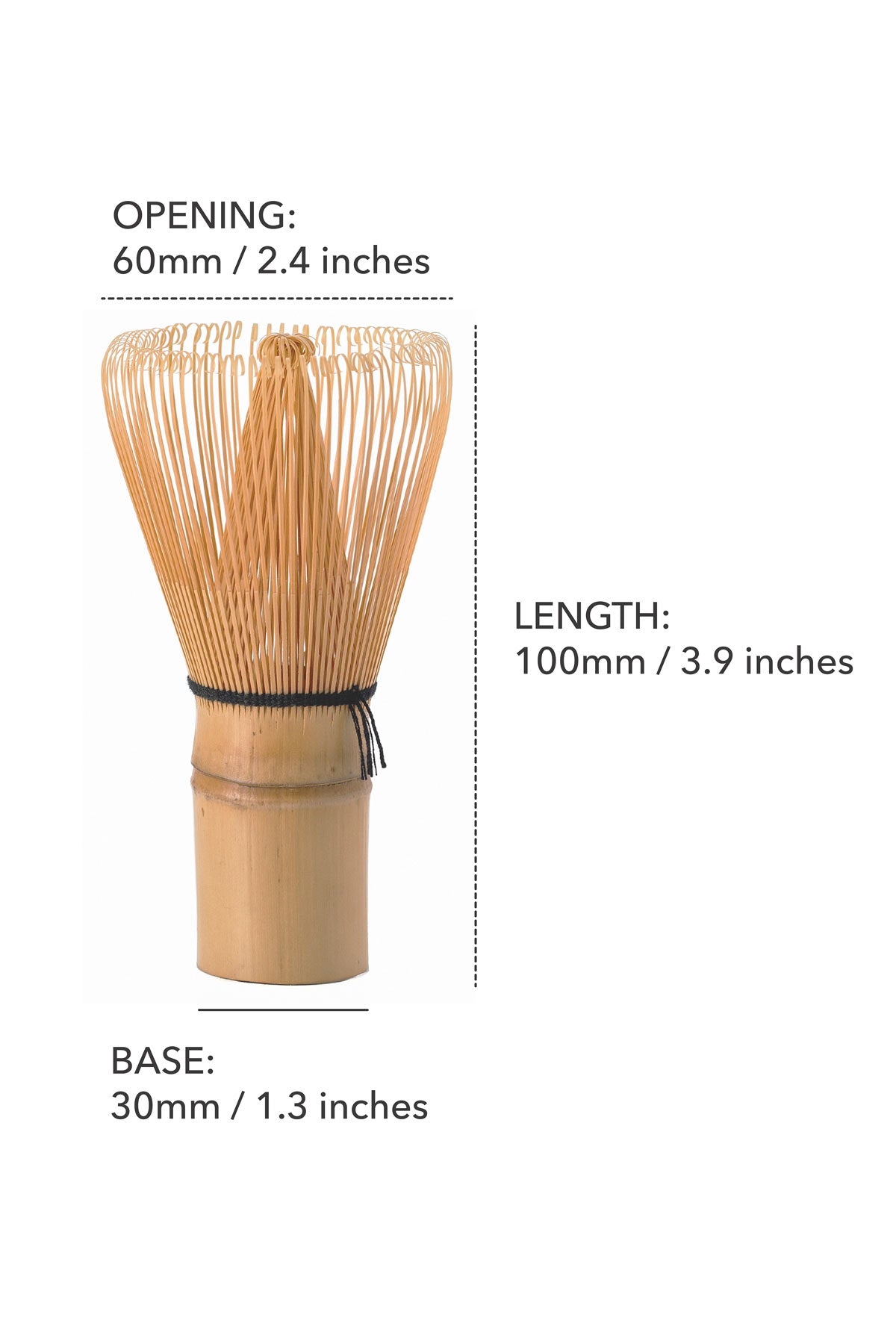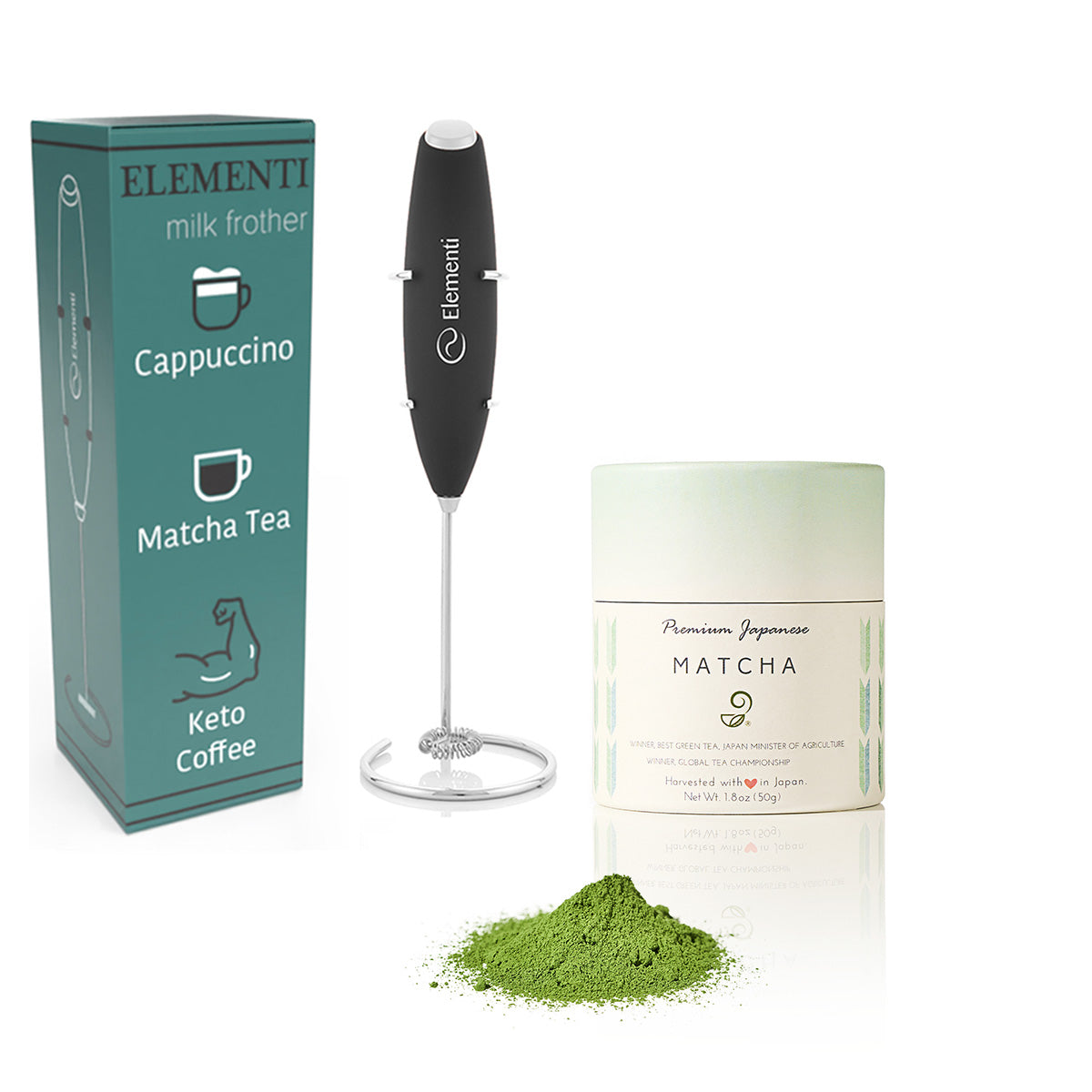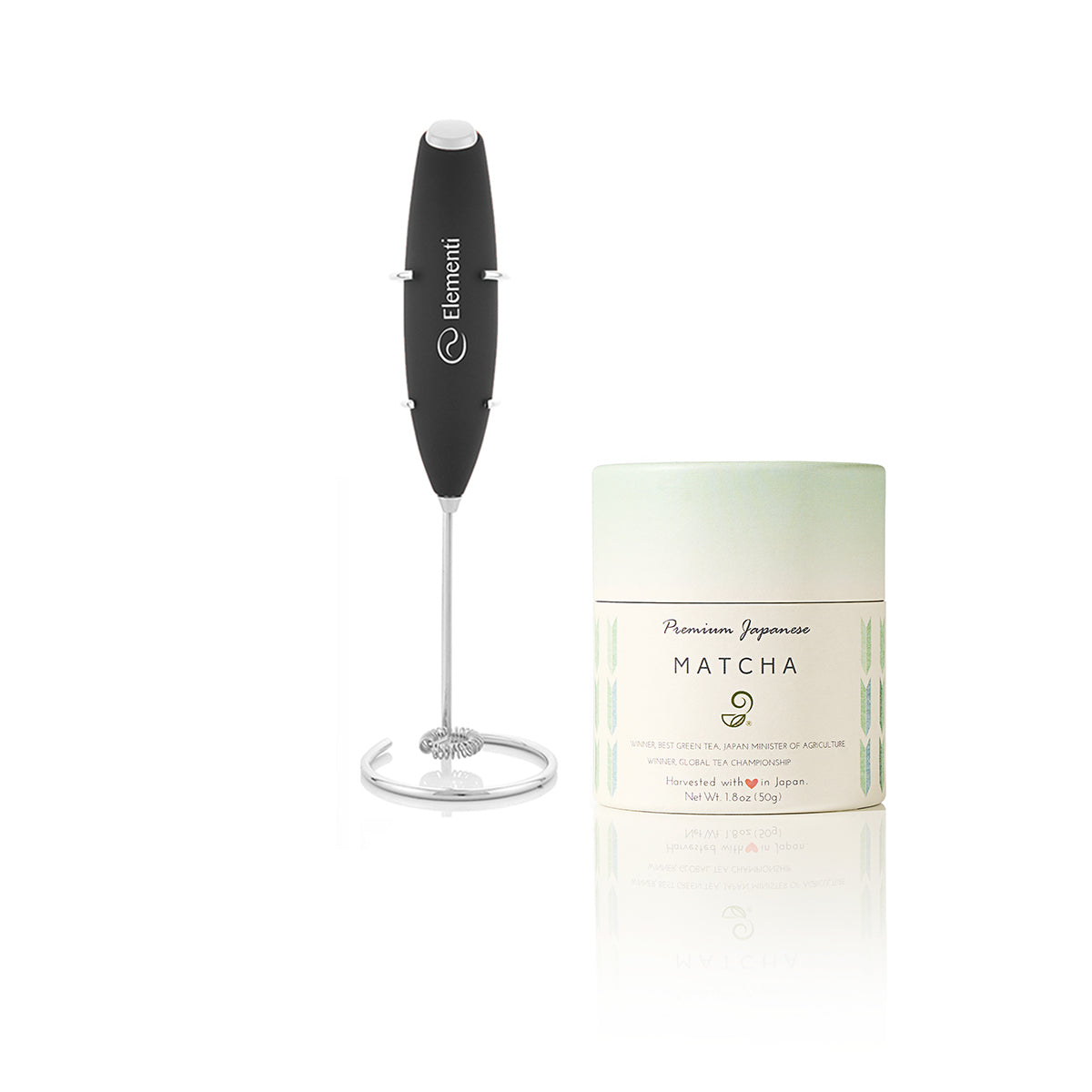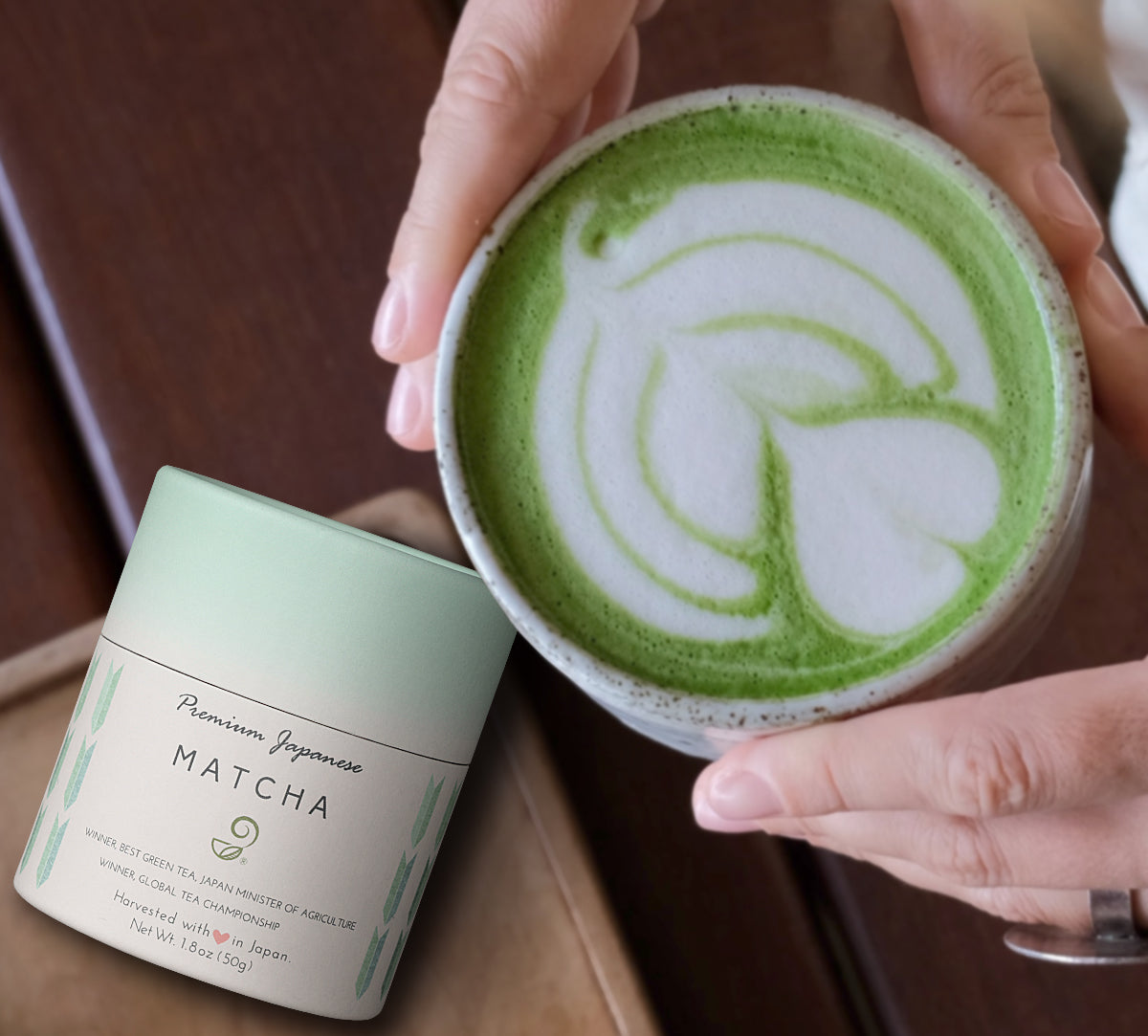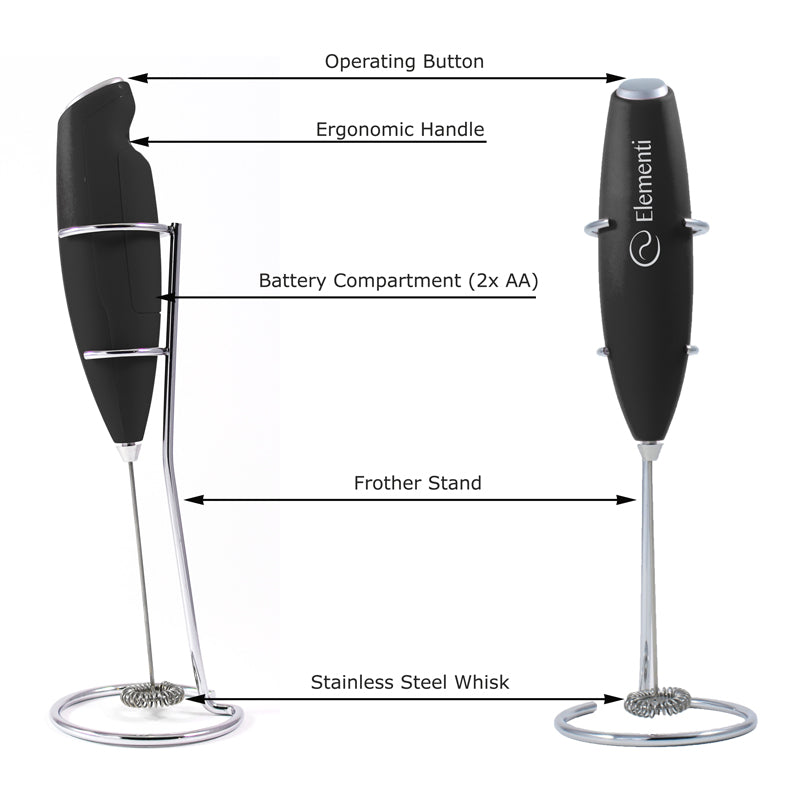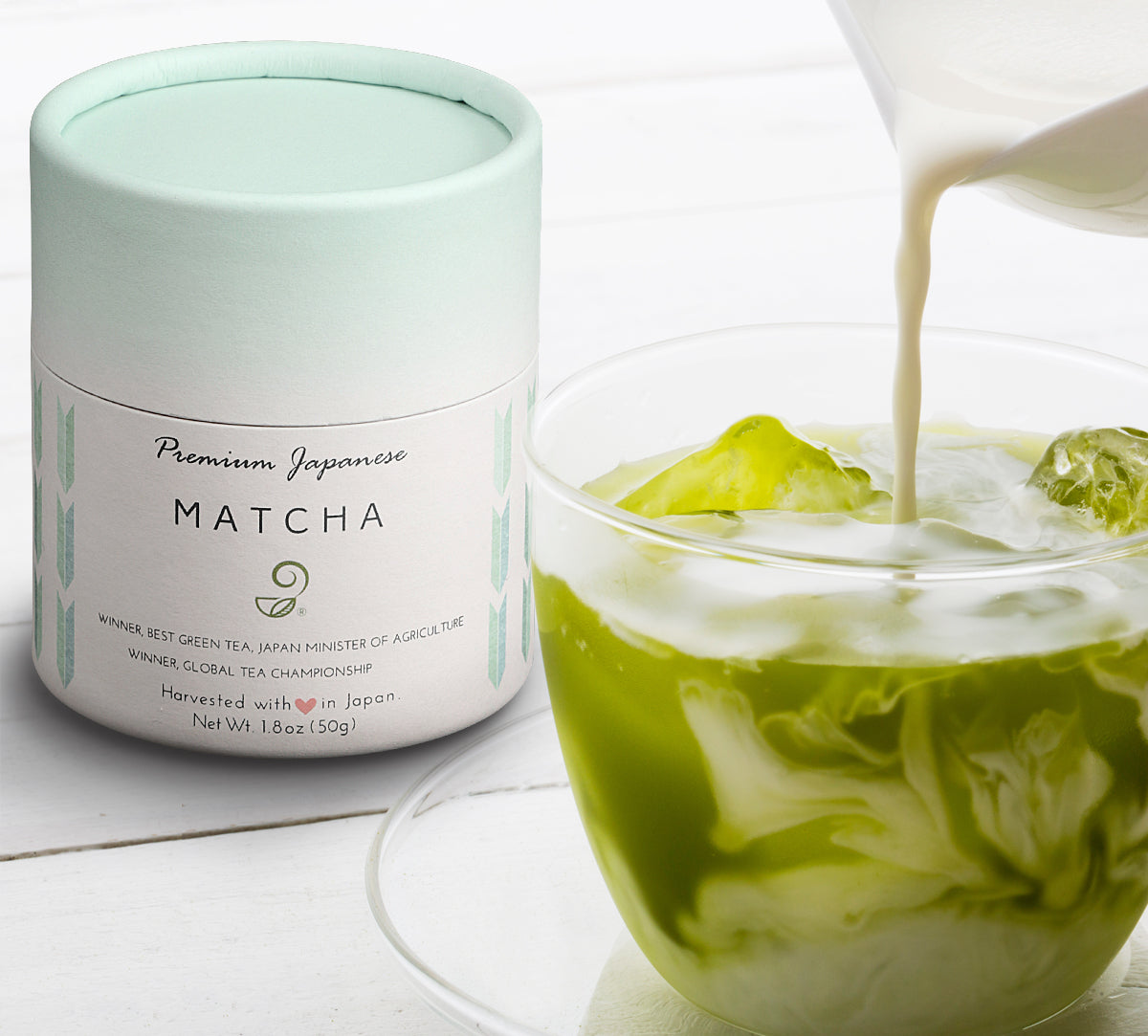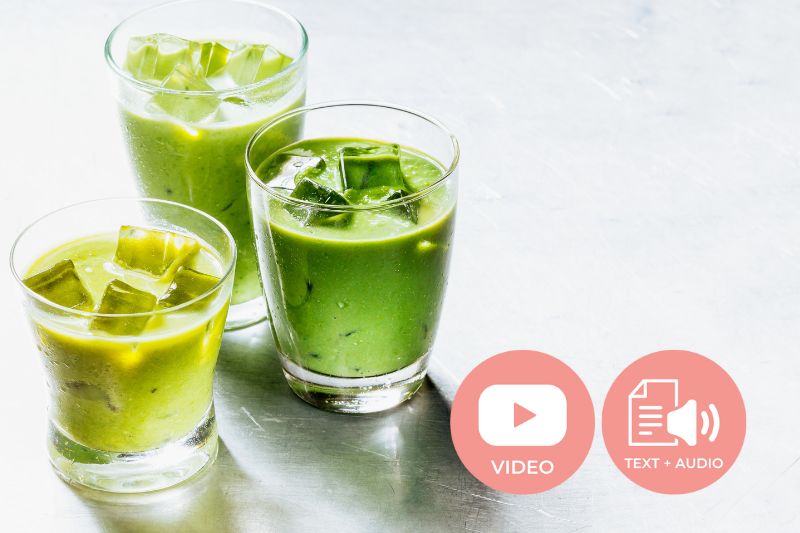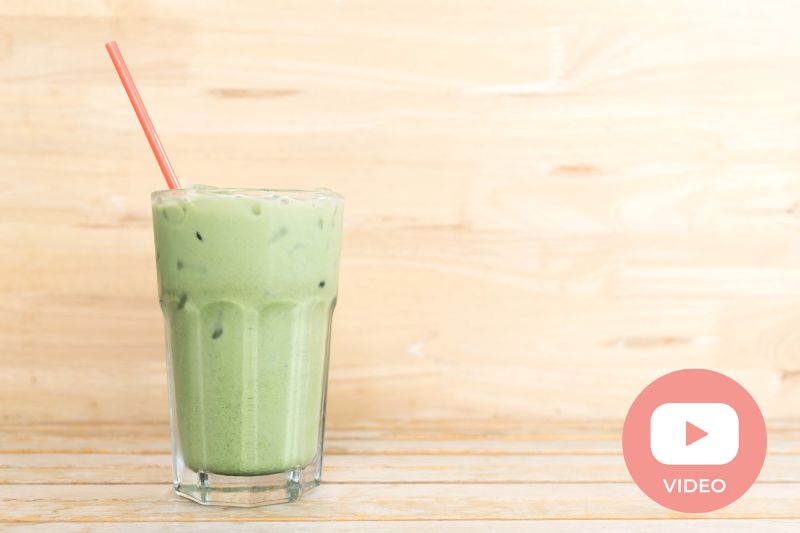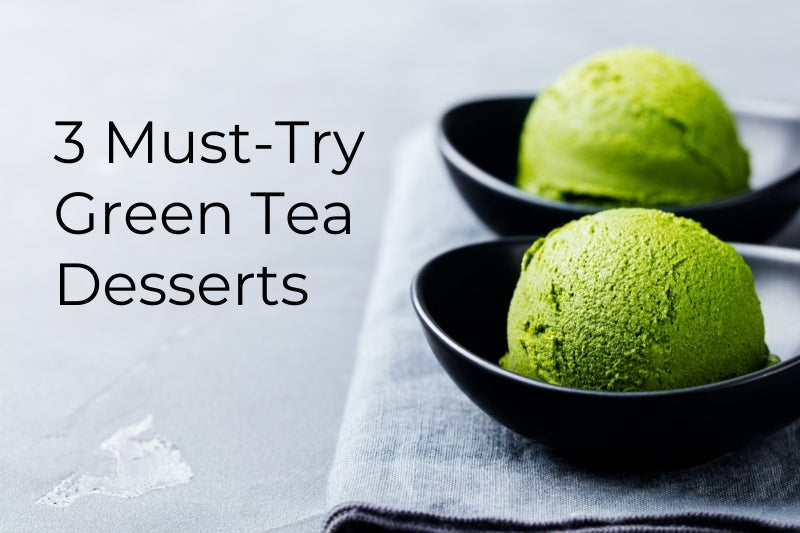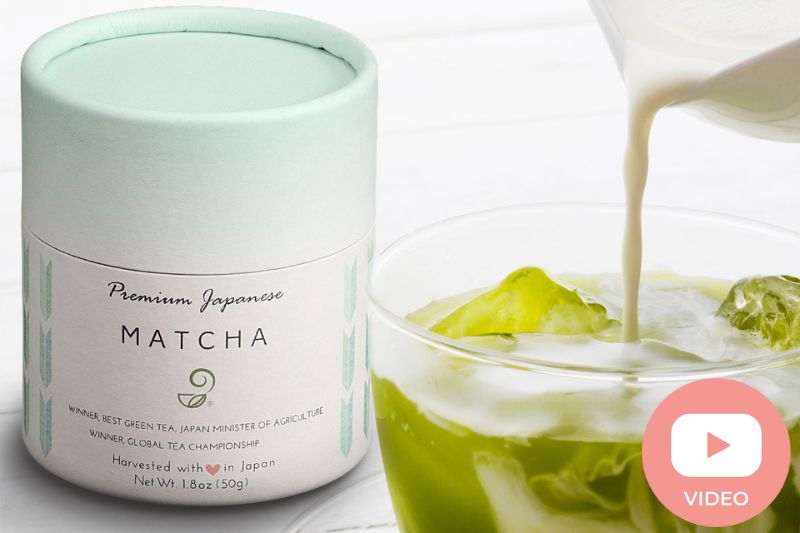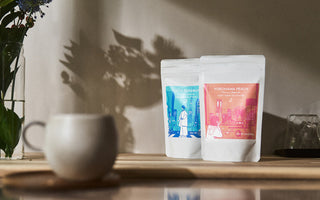I went to Blue Bottle Coffee the other day and ordered a matcha latte. I noted that the store's default milk is oat milk and not whole milk, as would typically be expected. This gave me a slight pause. I know oat milk is currently very popular. Still, before this visit, I hadn't really considered that it might be the default milk in coffee shops and other similar establishments.
It's one thing to make an alternative milk option like oats readily available to those who prefer it, but to make it the actual default is a significant move. So, mulling over Blue Bottle Coffee's choice to take this path, I concluded that there must be more to oat milk than being a hot trend.
What struck me even more was that this wasn't a one-off decision but part of a broader shift in the food and beverage industry. More and more coffee shops, restaurants, and cafes are choosing oat milk as the standard milk, signaling a cultural and consumer behavior shift. This is not just about offering a dairy alternative, but about catering to a new wave of health-conscious and environmentally aware consumers who are keen on making choices that reflect their values. From a practical standpoint, oat milk offers a balanced, creamy taste that works well in a wide variety of beverages. As I reflected on this, I began to see how the widespread appeal of oat milk is rooted in much more than just its taste—it’s tied to a deeper trend in consumer habits and values.
Millennial and Generation Z Status Symbol
Admittedly, oat milk has become the "it" milk, especially for people who are active on social media. It's one of the current markers of style and trendiness, frequently featured on Instagram and Tiktok posts by influencers and high-end restaurants. It has even replaced heavy cream and whole milk in all kinds of recipes in many dining hot spots. True enough, it isn't just Blue Bottle Coffee that uses oat milk as the default milk these days.

Such is the power and influence of oat milk that the Swedish brand and oat milk market pioneer Oatly has been backed by influential figures like Oprah Winfrey and Natalie Portman. But what is it about oat milk that appeals to many consumers?
For Millennials and Gen Z, oat milk has become more than just a dairy alternative; it’s a symbol of social awareness and sophistication. In a world where consumers are more mindful about health and sustainability, oat milk aligns perfectly with these values. It represents an eco-conscious decision—growing in popularity partly because it uses less land and water compared to other dairy alternatives. This aligns with the younger generations' desire for a greener planet. Not only is oat milk seen as a better alternative for the environment, but it also offers a more inclusive option for people with dietary restrictions, including lactose intolerance and dairy allergies. This multifaceted appeal is why it’s not just a beverage choice but an integral part of lifestyle branding.
Oat Milk's Story
As can be inferred from the name, oat milk is made from oats. Generally, it involves a process of blending steel-cut, pre-soaked oat groats and then straining the mixture with a special cloth. The liquid derived from this is oat milk. Since oats absorb water well, the resulting milk is full of macronutrients and micronutrients, as well as the creamy, sweet taste of the grains.
Its inception dates back to the late '90s at Lund University in Sweden. As a complete novelty back then, it didn't garner much interest. However, when the concept was introduced to the U.S. market in 2017 through the Oatly brand, it soon became a hit. Very characteristic of the times, much of its popularity can be attributed to the influence of social media. People have certainly seen oat milk in stores before. Still, they didn't pay it any mind until they started seeing it featured on Instagram, frequently presented in an artsy aesthetic that appealed to Millennials and Gen Z.

Oatly isn't the sole player in the oat milk market these days. There are also Nesquik, Chobani, Danone, and Califia Farms. Many who love oat milk but find its cost restricting have even found ways to make homemade oat milk. Now, they don't need to go to the shops. Instead, they just have to buy their preferred coffee or tea and then make their own concoction with oat milk at home.
Oatly isn't the sole player in the oat milk market these days. There are also Nesquik, Chobani, Danone, and Califia Farms, who have all tapped into this growing market. Each brand has added its own twist on oat milk, from adding flavors to offering organic and fortified versions, catering to the broadening demand for plant-based alternatives. Many who love oat milk but find its cost restricting have even found ways to make homemade oat milk. Now, they don't need to go to the shops. Instead, they just have to buy their preferred coffee or tea and then make their own concoction with oat milk at home. This DIY movement has allowed even more people to embrace oat milk as part of their daily routine, making it even more accessible to a broader audience.
Oat Milk for Tea
I can say that oat milk pairs well with tea in that cup of matcha latte. It doesn't have to be matcha, either. It also reportedly works well with English breakfast, Earl Gray, chai, black, herbal, etc. However, matcha and oat milk seem to make an ideal pairing. (Find out all about Matcha.)

According to research, Millennial and Gen Z consumers have a definitive preference for green tea, especially matcha. These age groups display just as much interest in the story and traditions behind the tea as in the tea itself. Green tea, with its slew of health benefits and its frequent categorization as a superfood, definitely appeals to these generations that are characteristically more health-conscious. Add the seeming mystique of the Japanese tea ceremony and general Japanese tea culture, and you've got a hooked demographic.
(Learn about the Japanese tea ceremony.)
Matcha has been an "it" drink for some time now. Oat milk is understandably more of a novelty, but it has quickly endeared itself to the trendy crowd. Baristas love oat milk and often recommend it for their customers' coffee and tea drinks, if only for the lovely, smooth microfoam it brings when steamed. Customers love it because its sweet, creamy taste is similar to the dairy milk they're familiar with. Of course, consumers everywhere love oat milk for the supposedly healthier and greener option it presents.

Delving more into the genius pairing of oat milk with tea, here is a more detailed explanation of why they work so well together.
The pairing of oat milk with tea isn’t just about taste—it’s about enhancing the overall experience. Oat milk’s creamy texture and subtle sweetness complement the earthy bitterness of tea, creating a harmonious flavor balance. In beverages like matcha, where the delicate taste of the green tea powder is key, oat milk helps smooth out any harshness, resulting in a velvety, indulgent drink. Furthermore, oat milk’s natural ability to froth beautifully when steamed gives tea lattes a luxurious mouthfeel that dairy milk can sometimes fail to replicate. This makes oat milk an ideal match for those looking for a tea experience that feels both comforting and sophisticated, without compromising on the health benefits that make green tea so appealing.
- Oat milk balances the bitter notes of tea with its rich and creamy texture.
- Unlike regular milk, it does not curdle when added to hot tea. In fact, blending it into hot tea automatically achieves a latte-like feel.
- Added to hot, cold, or iced tea, oat milk, which has an earthy essence when drunk neat, takes on hints of caramel in its taste.
- The oat flavor is very subtle. It's highly likely that the drinker won't notice the switch from dairy.
- It doesn't compromise the health benefits of tea (or coffee, for that matter). Case in point: adding dairy milk may decrease the wholesomeness of green tea due to its fatty or allergenic content. Oat milk, on the other hand, only improves its nutritional value.
- Oat milk is a natural choice for those following plant-based diets or individuals who are lactose intolerant. Its vegan-friendly status makes it a versatile milk alternative that aligns with ethical and dietary preferences.
- When steamed, oat milk creates a beautifully dense and creamy foam, which is a hallmark of a high-quality latte. This makes it a favorite among baristas who love the silky texture and ability to create intricate latte art, elevating the tea-drinking experience.
- Oat milk contains beta-glucan, a type of soluble fiber that aids digestion, improves gut health, and helps regulate cholesterol. Adding oat milk to tea not only enhances flavor but also boosts its health benefits, providing a drink that’s both nourishing and delicious.
- Oat milk's smooth texture makes it a fantastic complement to spiced teas such as chai or masala chai. The milk helps to mellow the heat and intensity of the spices, resulting in a well-rounded and warming drink.
- Oat milk is often seen as a more sustainable option compared to other dairy alternatives like almond or soy milk. It requires fewer resources to produce and generates a smaller carbon footprint, making it a more eco-friendly choice for those looking to reduce their environmental impact while enjoying a delicious tea.
Oat Milk's Winning Qualities
The above points explain why tea is better with oat milk, but it's essential to understand why oat milk has become something of a status symbol. Indeed, its popularity would have fizzled out soon if it wasn't genuinely worthy. Instead, as time passes, its influence has only grown even more potent. So, what advantages does oat milk offer that regular daily milk doesn't? And what sets it apart from other milk alternatives?
Beyond the health benefits and flavor, oat milk has risen to prominence as a cultural icon for several reasons. It symbolizes a shift towards more mindful consumption, especially among younger generations who are more focused on sustainability, health, and ethical choices. Oat milk has also become a symbol of modern, eco-conscious living, often seen in trendy cafes, organic food markets, and on the Instagram feeds of influencers. Its association with these conscious choices elevates it from being just another milk alternative to a lifestyle choice, representing not only personal well-being but also a commitment to making more environmentally responsible decisions. This powerful blend of health, sustainability, and status is why oat milk has solidified its place as a favorite and a symbol of contemporary trends.
Not a smidge of dairy
This means that it's lower in fat than cow's milk and doesn't have the allergens associated with dairy. It's an excellent choice for those who are lactose intolerant or who are following a casein-free diet for one reason or another. Casein is the chief protein in milk that gives it its white color. However, many people are sensitive, if not downright allergic, to it.

Millennials and Gen Z are generally very careful about what they eat. Having been raised by a more protective generation of parents, today's young people tend to be knowledgeable about sensitivities and are more vigilant about avoiding them.
That's why oat milk is steadily gaining ground. It has now edged soy milk out of second place among plant-based dairy milk alternatives. And, even though almond milk remains in the lead, it probably won't be long before oat milk takes its place since many have an allergic reaction to almonds.
Even though there is a debate on whether oats can be considered gluten-free or not (they are in most countries), it's important to note that they're not listed among the top allergens. In fact, according to gluten.org, most people with celiac disease can tolerate oats well.
Moreover, oat milk offers a creamy and satisfying texture without the negative side effects that can come with dairy consumption. For those who seek to avoid dairy due to ethical reasons—such as concerns about animal welfare or the environmental impact of dairy farming—oat milk becomes an attractive choice. This gives it an added layer of appeal to the environmentally conscious generation, who are more likely to choose plant-based alternatives as part of their commitment to sustainability and reducing their carbon footprint. In this way, oat milk not only addresses health and dietary concerns but also fits within a broader ethical and environmental movement that is gaining traction among younger generations.
All that fiber goodness
Although there is no fiber in cow’s milk, oat milk contains two grams of it per cup serving. This is significant because fiber does so much more than make your bowel movements regular. It has beta-glucan, a soluble fiber that not only aids in digestive functions but also boosts gut health, maintains the immune system, and improves the body's ability to self-heal. Beta-glucan also slows down carbohydrate absorption in the gut, resulting in a more even and stable supply of sugar into the bloodstream. This makes oat milk an excellent choice for those looking to regulate their blood sugar.

While there remains a debate on just how influential the gut microbiome is on a person's overall health, many health-conscious Millennials subscribe to the philosophy and take pains to ensure that good bacteria are thriving and dominant in their gut flora. Oat milk's beta-glucan fibers certainly help bolster positive activity in the gut.
In addition to its gut-boosting benefits, the fiber in oat milk contributes to a feeling of fullness, making it a great option for those trying to control their weight. By promoting satiety and reducing the urge to snack, it can help regulate appetite, making oat milk a valuable addition to a balanced diet. Furthermore, the fiber content also plays a role in heart health by helping to lower cholesterol levels. Beta-glucan has been shown to reduce LDL (bad cholesterol) levels, which in turn may help lower the risk of cardiovascular diseases, a concern for health-conscious individuals looking to maintain long-term well-being. With all these benefits packed into each glass, oat milk becomes much more than just a trendy milk alternative—it's a functional food that supports a range of health goals.
Packed with nutrients
It contains the all-important B vitamins, which are essential in the breakdown of carbohydrates for energy and the function of red blood cells. It also has bone-strengthening minerals like magnesium, potassium, and zinc, as well as copper and manganese. Besides these, oat milk also contains trace amounts of vitamins A and D.

Since Millennials and Gen Z are usually more health-oriented, they gravitate toward oat milk for its nutritional value and general wholesomeness. As a result of this health consciousness, they make a mindful effort to eat and drink better, and oat milk presents itself as the best milk option for their consumption.
Additionally, oat milk often comes fortified with extra vitamins and minerals, like calcium and vitamin B12, which are particularly important for those on plant-based diets who may need additional sources of these nutrients. The presence of these fortifications further enhances oat milk's appeal, making it not just a milk alternative but a functional food that supports various health needs. As these younger generations continue to prioritize nutrient-rich, whole foods in their diets, oat milk fits seamlessly into their lifestyles, offering a nutritious, sustainable, and versatile option that can be enjoyed with a variety of foods and beverages.
None of the bad fats
For those still unfamiliar with fat talk, saturated fats are generally considered unhealthy, while unsaturated fats are regarded as beneficial. Oat milk has a total of 2.5g of unsaturated fat per serving. Compared to the 5g of saturated fat per serving of whole milk, it is very low in calories, making it even more appealing to those watching their weight.

This again explains why oat milk is a favorite among Millennials. It's not only about eating and drinking right but also living better in general. This means making better choices, and that includes staying away from bad fats.
Moreover, as the focus on health and wellness continues to rise, younger generations are placing greater emphasis on foods that promote overall well-being, not just weight loss. Oat milk fits perfectly into this narrative, offering a lower-fat, nutrient-dense option that aligns with modern values of healthy living. With its wholesome fats and commitment to providing a cleaner, healthier alternative to dairy, oat milk is helping shift the conversation towards better food choices that support both short-term enjoyment and long-term health goals.
A cholesterol-free option
This is clearly not the case with dairy milk, the consumption of which could increase low-density lipoprotein (LDL) cholesterol levels. Reducing cholesterol intake is prudent since excessive LDL could lead to cardiovascular disease. Choosing oat milk over regular dairy milk means reducing cholesterol intake per serving by 24mg.

While Millennials are now all about seizing the day, considering their very representative hashtags of #YOLO (you only live once) and #FOMO (fear of missing out), they also care about living a long and quality life. Again, this means making good choices like keeping bad cholesterol, which is LDL, in check.
Additionally, for those who are at risk of high cholesterol or have family histories of heart disease, oat milk provides a simple and effective dietary change that can support cardiovascular health. It serves as a reminder that small, everyday choices—like what type of milk to drink—can have a meaningful impact on overall health and longevity.
The greener choice
The land used for producing oat milk is 80 percent less than the land used for dairy milk. When it comes to the other vegan milk options, oat milk uses considerably less water than almond or soy milk. Since one of the aspirations of Millennials and Gen Z nowadays is a more sustainable world, many of them are very conscious of the products they use. When given a chance, they tend to opt for the environmentally friendly choice.

It seems the Millennials and Gen Z are determined not to copy the mistakes of older generations. In a way, they can't be blamed for their seemingly judgmental and self-righteous mindset. They are, after all, inheriting the effects of many poor and harmful choices. A lot of them were set on this path of awareness and self-care by their GenX parents, who had been striving to do better than their own Boomer parents. As it happens, these generational differences set the stage for the Millennial and Gen Z cultural touchstone that is oat milk.
This cultural shift toward sustainability is deeply rooted in the values of these younger generations, who often view their purchasing decisions as part of a larger movement toward social responsibility. Choosing oat milk is not just a matter of preference but an act of resistance against industrial farming practices that harm the environment. It's a reflection of a deeper understanding of the interconnectivity between personal health, environmental health, and the future of the planet. Oat milk thus represents more than just a trend—it’s a tangible choice toward a more responsible and sustainable way of living.
Tea Recipes with Oat Milk
With all the wonderful attributes of oat milk, it's hard not to be convinced, or at least interested. So if you're curious and would like to try oat milk for the first time with your tea drink, or if you're a fan but would love to not rely on the pricey stores for your fix, here are a couple of simple oat milk and tea recipes you can follow. Both are vegan.
Matcha Oat Milk Latte

- ¼ cup water boiling water
- 1 teaspoon matcha
- ½ cup oat milk (more if that's to your liking)
- 1 teaspoon sweetener (exclude honey if you're strictly vegan)
- 1 teaspoon coconut butter or another plant butter
Put water, matcha, sweetener, and coconut butter together in a cup. Heat oat milk over medium-low heat for about three minutes. Froth it with a wand before pouring it over the mixture. This makes one serving.
Oat Milk Green Tea with Pearls (Boba)

- ½ cup oat milk
- 4 cups of steeped green tea
- Sweetener of choice
- ¾ cup tapioca pearls (boba - cook according to instruction)
This makes four servings. Divide the cooked pearls into four large glasses. Add a few ice cubes, and then follow with a cup of tea in each glass. Stir a tablespoon and a half of oat milk into each. Place the sweetener on the table so each serving can be sweetened according to taste. Make sure to serve with wide straws for the pearls.
Oat Milk Hojicha Latte
We made a short video on how to do this.
Final Thoughts
After learning about oat milk and its great points, Blue Bottle Coffee's decision to make it its default milk makes so much sense now. It's not merely pandering to the preferences of its customers; it's mainly an ethical decision that resulted in making the deemed best milk option the default. As it happens, that matcha latte did not only taste good; it also made me feel good about drinking something healthy and eco-friendly.
The decision to embrace oat milk reflects a broader trend toward mindful consumption, where businesses are aligning with the values of the modern consumer. By offering oat milk as the default, Blue Bottle Coffee is not just meeting demand but is also helping lead the charge in fostering a more sustainable and health-conscious future. This move underscores how small choices, like the type of milk in a latte, can have a ripple effect on larger cultural and environmental changes. It shows how companies can be both profitable and responsible by making choices that resonate with the younger, more socially aware generations.
In the end, oat milk is more than just a trend—it’s a reflection of a cultural shift that values both personal and planetary health. It's a perfect example of how food and drink preferences are evolving to be more inclusive, sustainable, and mindful. And, just as my matcha latte from Blue Bottle made me feel good about my beverage choice, this growing movement around oat milk offers us all an opportunity to make better choices for our health and the environment.
Get Free Bonus Books

Sign up for free to the Green Tea Club to get advice and exclusive articles about how to choose Japanese Tea, and tips, tricks, and recipes for enjoying Japanese tea.
About the author
Kei Nishida
Author, CEO Dream of Japan
Certification: PMP, BS in Computer Science
Education: Western Washington University
Kei Nishida is a passionate Japanese green tea connoisseur, writer, and the founder and CEO of Japanese Green Tea Co., a Dream of Japan Company.
Driven by a deep desire to share the rich flavors of his homeland, he established the only company that sources premium tea grown in nutrient-rich sugarcane soil—earning multiple Global Tea Champion awards.
Expanding his mission of introducing Japan’s finest to the world, Kei pioneered the launch of the first-ever Sumiyaki charcoal-roasted coffee through Japanese Coffee Co. He also brought the artistry of traditional Japanese craftsmanship to the global market by making katana-style handmade knives—crafted by a renowned katana maker—available outside Japan for the first time through Japanese Knife Co.
Kei’s journey continues as he uncovers and shares Japan’s hidden treasures with the world.
Learn more about Kei

